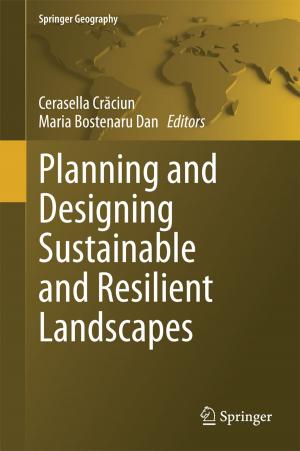The Influence of Sewage Sludge Application on Physical and Biological Properties of Soils
Proceedings of a Seminar organized jointly by the Commission of the European Communities, Directorate-General for Science, Research and Development and the Bayerische Landesanstalt für Bodenkultur und Pflanzenbau, Munich, Federal Republic of Germany,
Nonfiction, Science & Nature, Technology, Agriculture & Animal Husbandry, Science, Biological Sciences, Environmental Science| Author: | ISBN: | 9789400979307 | |
| Publisher: | Springer Netherlands | Publication: | December 6, 2012 |
| Imprint: | Springer | Language: | English |
| Author: | |
| ISBN: | 9789400979307 |
| Publisher: | Springer Netherlands |
| Publication: | December 6, 2012 |
| Imprint: | Springer |
| Language: | English |
The agricultural value of sewage sludges is well known and a lot of published data has demonstrated the positive effects of sludge appli cations on plant growth and yield. These effects are probably due mainly to the nitrogen and phosphorus content of sewage sludges. But, as sludges are more organic than mineral, we can expect an effect of the organic matter added to the soil on soil fertility. Certainly, in the future, landspreading of sludges will be regulated, taking into account pollution hazards for waters (excess of nitrogen and phosphorus supply compared to plant needs and soil storage capacities) and for soils (excess of heavy metals supply and build up in soils). There will be regulations fixing what low level of sludges may be spread each year, decreasing their comparative value with respect to mineral fertilizers. In this eventuality, the organic value of sludges will take on a greater importance and several questions arise : - what is the lowest amount of sludge to be spread to have an immediate effect on soil physical properties? - are sludges effective on soil physical properties when spreading repeated low amounts? On the other hand, organic matter and soil biology are closely linked and there are few data on the possible effects - beneficial or detrimenta- on soil organisms.
The agricultural value of sewage sludges is well known and a lot of published data has demonstrated the positive effects of sludge appli cations on plant growth and yield. These effects are probably due mainly to the nitrogen and phosphorus content of sewage sludges. But, as sludges are more organic than mineral, we can expect an effect of the organic matter added to the soil on soil fertility. Certainly, in the future, landspreading of sludges will be regulated, taking into account pollution hazards for waters (excess of nitrogen and phosphorus supply compared to plant needs and soil storage capacities) and for soils (excess of heavy metals supply and build up in soils). There will be regulations fixing what low level of sludges may be spread each year, decreasing their comparative value with respect to mineral fertilizers. In this eventuality, the organic value of sludges will take on a greater importance and several questions arise : - what is the lowest amount of sludge to be spread to have an immediate effect on soil physical properties? - are sludges effective on soil physical properties when spreading repeated low amounts? On the other hand, organic matter and soil biology are closely linked and there are few data on the possible effects - beneficial or detrimenta- on soil organisms.















